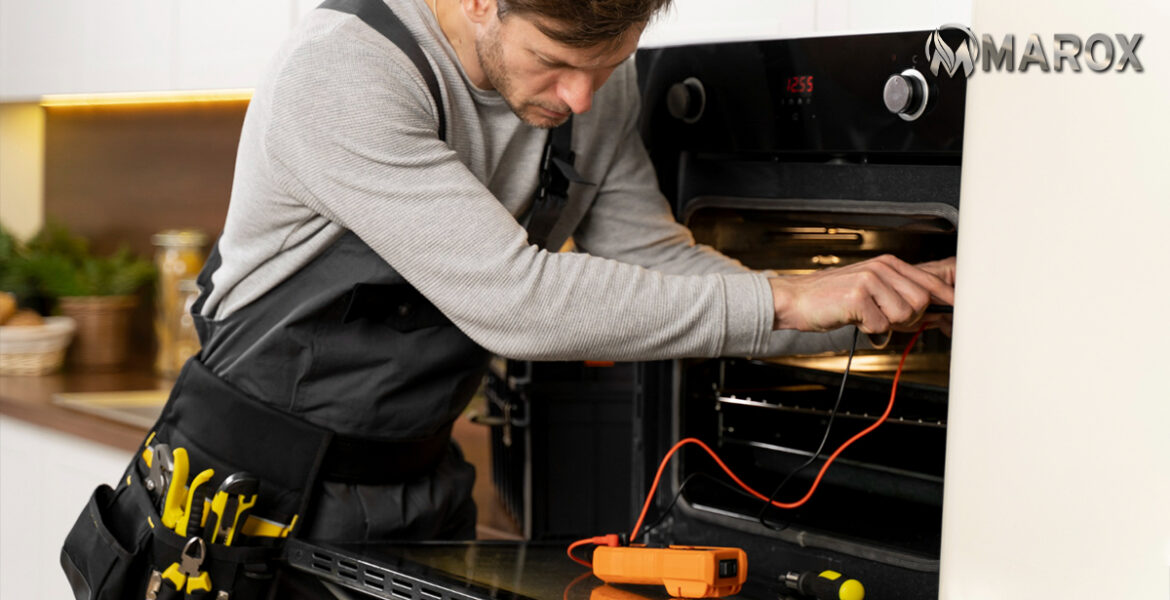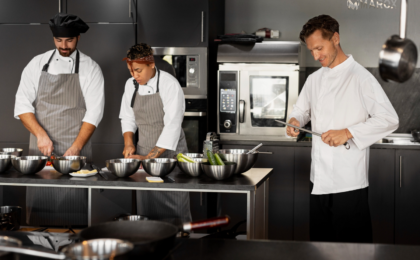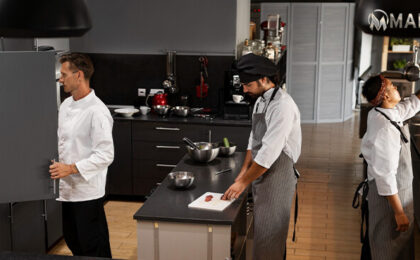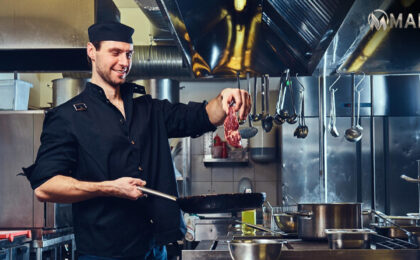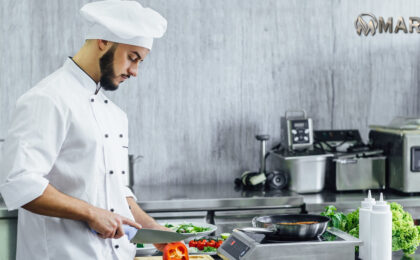The electric oven is a kitchen workhorse, serving up delectable dishes and baked treats with ease. To ensure it remains in tip-top condition and continues to produce culinary delights, regular maintenance is key. Neglecting proper upkeep can lead to reduced efficiency, uneven cooking, and even safety hazards. In this comprehensive guide, we’ll walk you through essential electric oven maintenance tasks that will help you extend its lifespan and keep your cooking game strong.
1. Cleaning: The Foundation of Oven Care
Cleaning isn’t just about appearances; it’s essential for the oven’s functionality. Grease, food particles, and spills can accumulate over time, affecting the oven’s performance. Here’s how to keep it clean:
a. Regular Wipe Down
After each use, let the oven cool down, and then give the interior a quick wipe with a damp cloth to remove any visible debris. This simple practice prevents the buildup of grime and makes deeper cleaning sessions less daunting.
b. Deep Clean
Aim for a thorough cleaning at least every few months. Remove the oven racks and soak them in warm, soapy water. While they soak, wipe down the interior with a mixture of baking soda and water or a commercial oven cleaner. Pay close attention to the oven’s walls, ceiling, and the area around the heating elements. Be sure to follow the manufacturer’s instructions for cleaning products to avoid damaging the oven’s surfaces.
c. Door and Window
Don’t forget to clean the oven door and window. These areas can accumulate grime and grease as well. Use a suitable glass cleaner for the window and a gentle cleaner for the door’s exterior. This not only keeps your oven looking presentable but also ensures you can monitor your cooking without obstruction.
2. Maintaining Oven Racks and Trays
Oven racks and trays can become coated with food remnants and grease, affecting their ability to conduct heat evenly. Follow these steps to keep them in excellent condition:
a. Soaking
Soak the racks and trays in warm, soapy water to loosen any debris. For stubborn stains, sprinkle baking soda on them before scrubbing them with a non-abrasive sponge. This method makes removing baked-on residue easier and prevents scratching.
b. Rinse and Dry
Thoroughly rinse the racks and trays, making sure no residue remains. Let them air dry before placing them back in the oven. Drying them completely prevents rusting and ensures they won’t introduce moisture into your oven during cooking.
c. Avoid Harsh Scrubbing
Abrasive scouring pads can damage the racks and trays, so opt for non-abrasive cleaning tools. Nylon scrub brushes or sponges are effective without causing any harm.
3. Calibrating Oven Temperature
Over time, your oven’s temperature accuracy might drift, leading to uneven cooking results. To ensure your oven maintains the correct temperature:
a. Use an Oven Thermometer
Place an oven-safe thermometer inside the oven and set it to a specific temperature. After preheating, check if the oven’s internal temperature matches the set temperature. If not, you may need to calibrate it. This step ensures that the oven’s thermostat is accurate, resulting in precise cooking times and consistent outcomes.
b. Calibrating
Consult your oven’s user manual for instructions on how to calibrate the temperature settings. This typically involves adjusting the oven’s internal thermostat. Calibration varies among different oven models, so it’s essential to follow the manufacturer’s guidelines to ensure your oven’s accuracy is restored.
4. Gasket and Seals Inspection
The gasket and seals around the oven door are responsible for maintaining heat and preventing energy wastage. Regularly inspect them for signs of wear, tear, or damage. If you notice any issues:
a. Replace Worn Seals
If the gasket or seals are damaged, replace them to maintain proper insulation and heat retention. Damaged seals can lead to heat escaping, resulting in longer cooking times and potentially unevenly cooked dishes.
5. Ventilation Maintenance
A well-functioning ventilation system prevents the buildup of excess heat and moisture within your kitchen. To keep it working optimally:
a. Clear Ventilation Vents
Check the ventilation openings and ensure they’re free from dust, debris, and grease buildup. Clean them gently with a soft brush or cloth. Proper ventilation not only prevents the oven from overheating but also maintains a comfortable cooking environment in your kitchen.
6. Routine Professional Inspection
While many maintenance tasks can be done by homeowners, it’s wise to schedule periodic professional inspections. An oven technician can identify and address any underlying issues you might have missed, ensuring your oven’s longevity and safe operation. Professional inspections also give you peace of mind that your oven is in excellent working condition.
